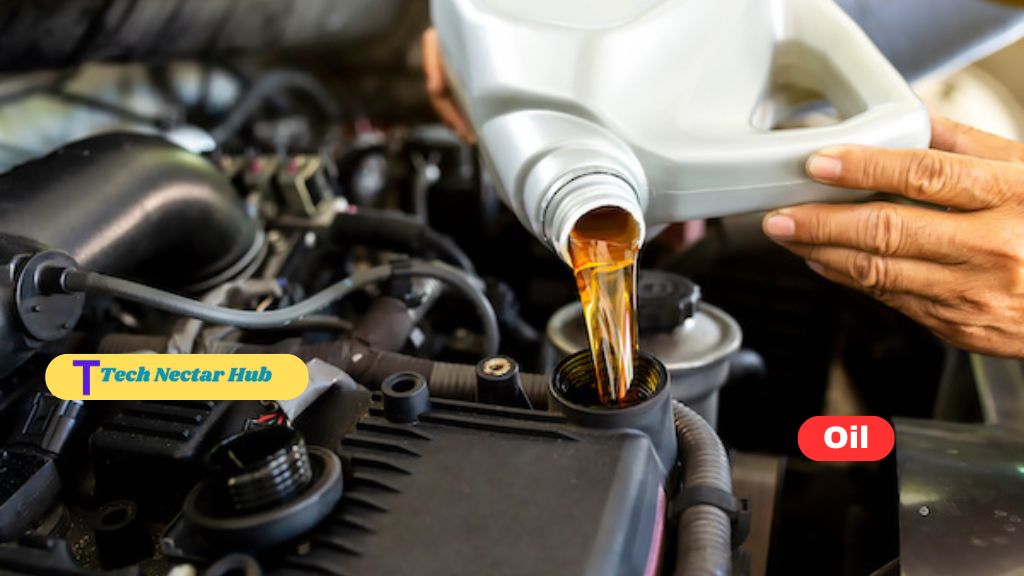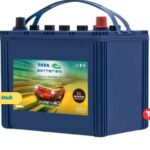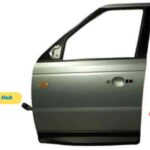How to Check Engine Oil, Brake Fluid, and Coolant at Home is the single most useful skill every car owner can master without visiting a workshop. Performing these three checks takes less than ten minutes, costs nothing, and prevents most roadside breakdowns. In this guide we lay out step‑by‑step instructions, safety notes, tools required, and colour‑coded tables so that even first‑time DIYers feel confident. The focus keyword How to Check Engine Oil, Brake Fluid, and Coolant at Home appears here to kick‑start SEO relevance.
Why Home Fluid Checks Matter
Engine oil, brake fluid, and coolant are the lifebloods of your vehicle. Low or degraded oil causes metal‑on‑metal wear, low brake fluid risks brake failure, and insufficient coolant leads to overheating and warped cylinder heads. Learning How to Check Engine Oil, Brake Fluid, and Coolant at Home keeps your car safe and prolongs engine life.
Tools and Safety Gear
| Item | Purpose | Approx. Cost |
|---|---|---|
| Nitrile Gloves | Protect hands from chemicals | ₹150 |
| Clean Microfiber Cloth | Wipe dipstick and cap | ₹200 (pack of 3) |
| LED Flashlight | Inspect fluid levels and colour | ₹300 |
| Funnel | Top‑up without spills | ₹120 |
| Brake Cleaner Spray | Clean reservoir cap | ₹250 |
| Distilled Water | Emergency coolant top‑up | ₹40 per litre |
| Disposable Tray | Catch drips | ₹50 |
How to Check Engine Oil at Home
Step 1: Warm Up, Then Cool Down
Drive the car for five minutes to warm the oil, then park on level ground and wait five minutes for oil to drain to the sump. This balances accuracy and safety.
Step 2: Pull the Dipstick
Open the bonnet, locate the yellow or orange dipstick handle, and pull it out. Wipe it clean with a cloth.
Step 3: Re‑insert and Read
Insert the dipstick fully, wait two seconds, then pull out again. Oil should sit between the minimum and maximum marks. If it’s midway, level is perfect.
Step 4: Check Oil Colour and Consistency
Fresh oil is amber. Dark brown is normal for petrol engines after 2,000 km. Gritty texture or milky colour signals a coolant leak or contamination—visit a mechanic.
Step 5: Top‑Up if Needed
If oil sits under the minimum mark, use the funnel to add 100 ml of manufacturer‑recommended oil. Wait a minute and re‑check. Avoid overfilling.
How to Check Brake Fluid at Home
Step 1: Locate the Reservoir
Brake fluid reservoir is usually near the driver‑side firewall with a yellow cap showing a circle in parentheses. Consult the owner’s manual if unsure.
Step 2: Inspect Level Through the Translucent Wall
Most reservoirs have MAX and MIN lines. Fluid should be near MAX. If close to MIN, pads may be worn or there might be a leak.
Step 3: Assess Colour
Fresh DOT4 brake fluid is clear to pale yellow. Dark brown or black fluid indicates moisture absorption; plan a flush.
Step 4: Clean and Close
Wipe the cap area with brake cleaner to prevent dirt falling inside. Always tighten cap snugly.
How to Check Coolant at Home
Step 1: Wait for Engine Cool Down
Never remove the radiator cap on a hot engine. Wait until the top radiator hose is cool to touch—about 30 minutes after shut‑off.
Step 2: Check Overflow Tank Level
Most modern cars have a translucent overflow tank with HOT and COLD marks. When engine is cold, coolant should sit at the COLD mark.
Step 3: Inspect Colour
Coolant colour varies (green, orange, pink) depending on type. Cloudy or rusty coolant signals corrosion and the need for a flush.
Step 4: Top‑Up Correctly
Mix 50:50 premixed coolant of the same colour. If unavailable, use distilled water temporarily. Pour slowly into the overflow tank up to the COLD mark.
Common Mistakes to Avoid
| Mistake | Consequence |
| Checking oil on sloped ground | False low reading leading to overfill |
| Mixing brake fluid brands | Potential seal damage |
| Using tap water for coolant | Corrosion and scaling inside radiator |
| Over‑tightening reservoir caps | Cracked plastic necks leading to leaks |
Mileage and Safety Impact Table
| Fluid Neglected | Immediate Risk | Long‑Term Cost |
| Engine Oil | Engine seizure | ₹75,000+ rebuild |
| Brake Fluid | Brake failure | ₹24,000 brake overhaul |
| Coolant | Overheating | ₹30,000 head‑gasket job |
Pro Tips for Accurate Readings
- Always use manufacturer‑recommended fluids to avoid chemical incompatibility.
- Mark fluid‑check dates on a windshield sticker.
- Use a smartphone flashlight behind translucent reservoirs to highlight fluid levels.
- Dispose of used cloth responsibly; oil‑soaked rags are flammable.
Environmental Responsibility
Collect spills in a tray and take contaminated rags to a recycling centre. Never pour fluids down the drain. Small eco habits make practising How to Check Engine Oil, Brake Fluid, and Coolant at Home safe for the planet.
Final Thoughts
Mastering How to Check Engine Oil, Brake Fluid, and Coolant at Home builds confidence, saves service costs, and keeps your family safe on every drive.
FAQ
How often should I check engine oil?
Check monthly and before any long trip.
Do I need to depress the brake pedal when checking fluid level?
No, simply look at the reservoir level on a flat surface.
Can I top‑up coolant in the radiator instead of overflow tank?
Only if your system lacks an overflow tank. Otherwise use the tank to maintain pressure balance.






